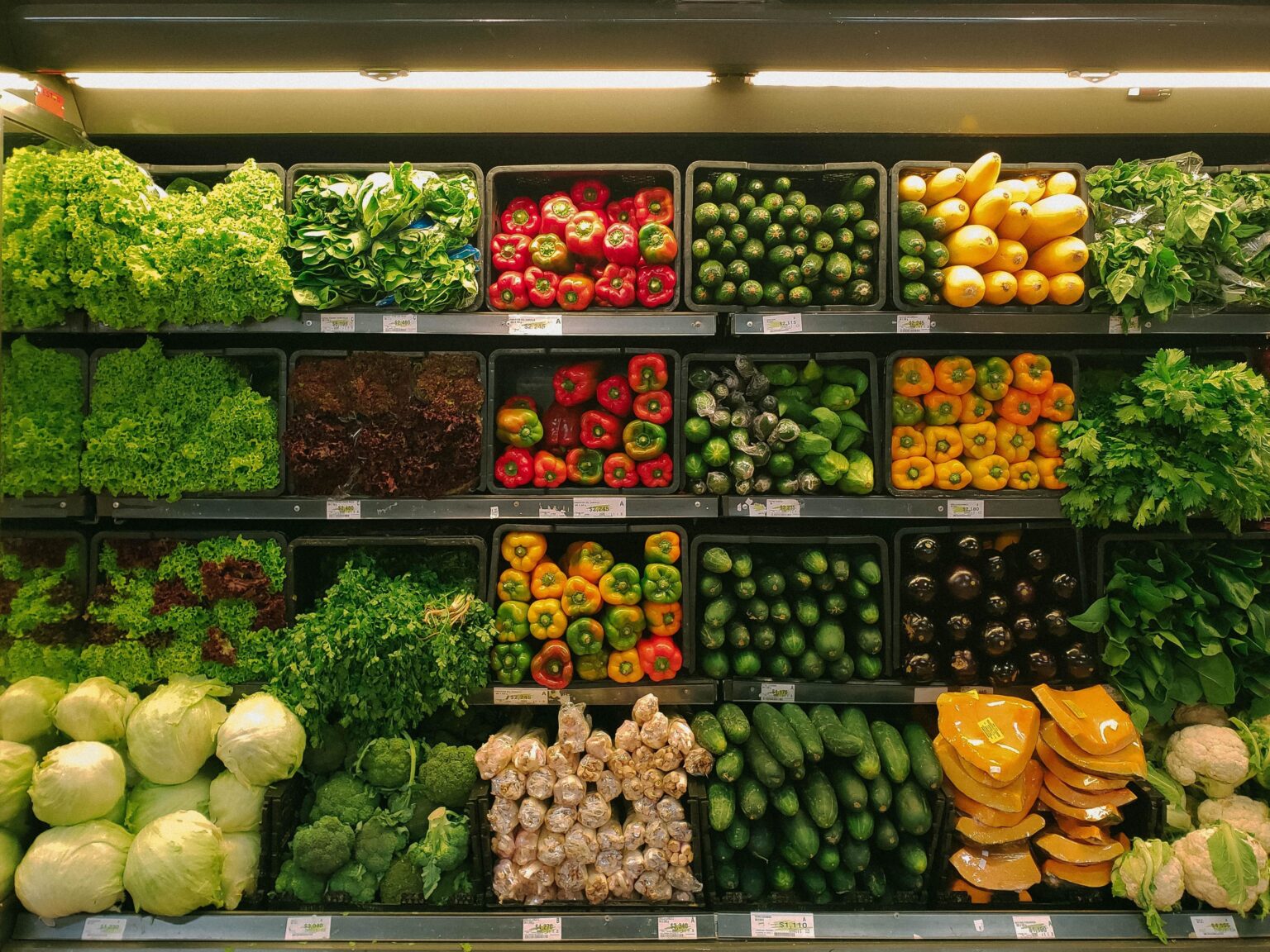Islamabad, Feb 9: Global food commodity prices experienced a decline in January, primarily driven by significant drops in sugar and vegetable oils, as reported by the Food and Agriculture Organization (FAO), a UN agency based in Rome.
The FAO Food Price Index, which tracks monthly fluctuations in a range of internationally traded food commodities, averaged 124.9 points in January, down from 127.0 in December. While the monthly decrease marked a slight dip, the index remained 6.2% higher compared to the same period last year, although it was still 22% below its peak in March 2022.
Sugar prices saw a notable drop of 6.8% from December, reflecting a 18.5% decrease year-on-year. This reduction was largely attributed to an improvement in global supply prospects, particularly due to favorable weather conditions in Brazil and India resuming its sugar exports.
READ MORE: Short-Term Inflation Rises by 1.1% Amid Economic Pressures
Vegetable oil prices also fell by 5.6%, mainly driven by declines in global palm and rapeseed oil prices. In contrast, prices for soy and sunflower oils remained stable. Despite this drop, vegetable oil prices were still up by 24.9% from a year ago.
The FAO also reported a decrease in meat prices, which fell by 1.7% in January. However, cereal prices experienced a slight increase, rising 0.3% from December, although they remained 6.9% lower than in January 2024. Wheat export prices saw a slight decrease, while maize prices rose due to lower production and stock forecasts in the United States.
On the other hand, rice prices dropped by 4.7%, driven by abundant export supplies. Dairy prices increased by 2.4% month-on-month, and 20.4% year-on-year, fueled by a rise in cheese prices, which outweighed declines in butter and milk powder prices.
In its latest forecast, the FAO adjusted its global cereal production estimate for 2024 slightly downward to 2.840 billion tonnes, compared to the previous forecast of 2.841 billion tonnes, primarily due to lower projections for U.S. maize production. Additionally, the FAO expects global cereal utilization in 2024/25 to rise by 0.9% to 2.869 billion tonnes, but global cereal stocks are projected to fall by 2.2% by the end of 2025, largely due to a reduction in U.S. maize stocks.
The FAO also anticipates that international trade in cereals in 2024/25 will contract by 5.6% compared to the previous year, largely driven by reduced demand from China for barley, maize, and wheat.
